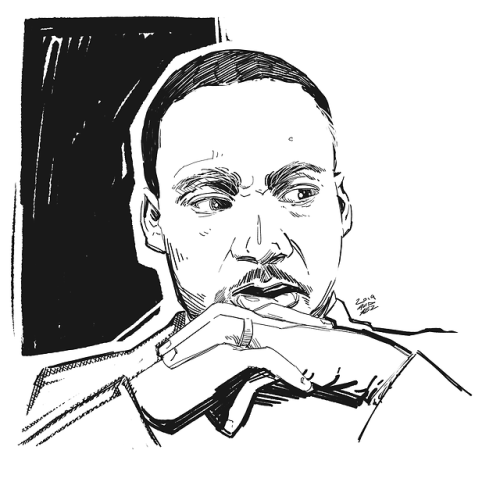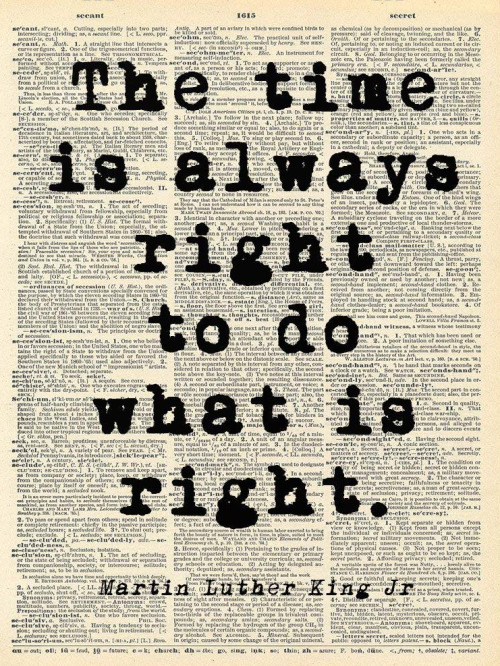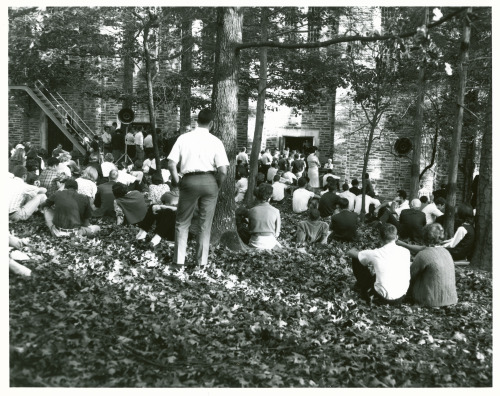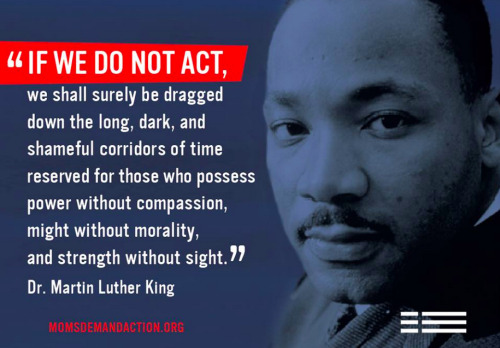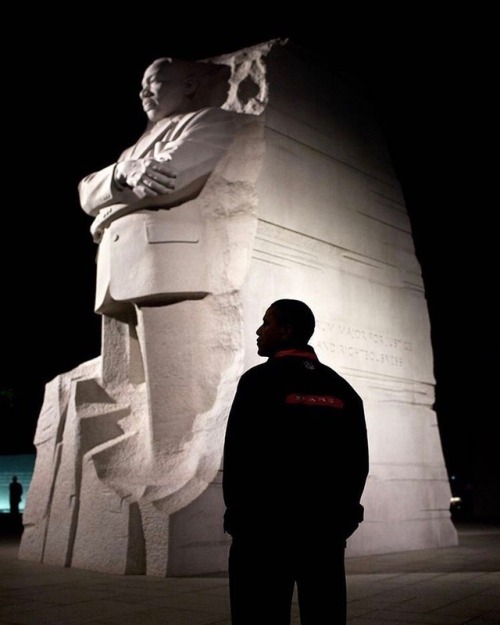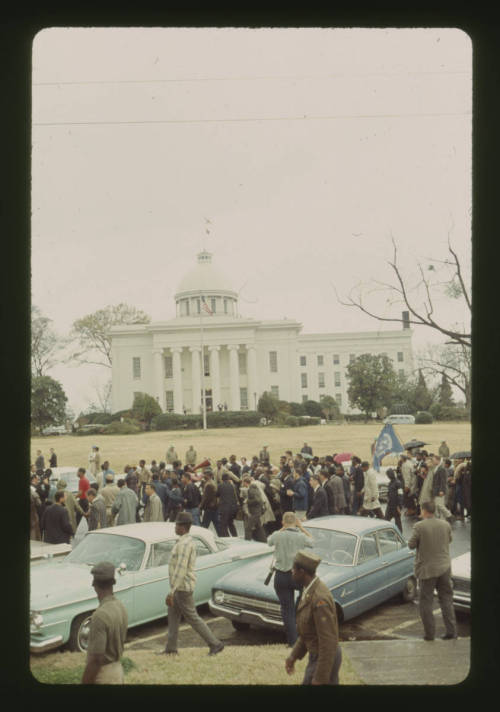#martin luther king jr
My friends its time for a revolution.

This question is being asked in USA but it is a universal question.
By Stacey Chandler, Archives Reference
On the morning of August 28, 1963, about 250,000 travelers came to Washington, DC for the March on Washington for Jobs and Freedom, the biggest civil rights rally of its time. These days, the March on Washington is remembered as a major milestone of the 20th century. But in 1963, Americans were divided about whether the March was a good idea at all.
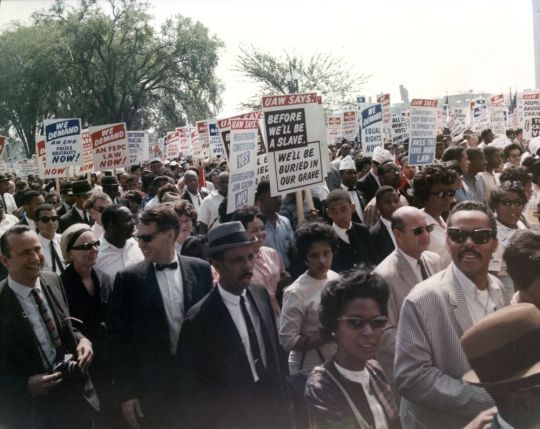
ST-C278-2-63 (PX 96-33). Participants at the March on Washington for Jobs and Freedom, August 28, 1963.
A Gallup poll found that only 23% of Americans who’d heard of the March had a positive view of it - and the negativity didn’t come only from segregationists. President John F. Kennedy’s administration had recently drafted a new civil rights bill for Congress, and some civil rights activists worried that a big protest would push away representatives who were still on the fence about supporting it.
But while a record turnout was expected for the March, civil rights protests weren’t new to the American public in the Kennedy era – especially after a few very public showdowns between the White House and Southern governors. These and other events prompted people across the political spectrum to write to the White House with their views on American protest and civil rights activism. These public opinion letters are now part of the archives at the JFK Library, where we’re working on preserving and describing them.

JFKMPFPOF-0200-005-p04
The first wave of letters about civil rights protests hit the White House in May 1963, when Dr. Martin Luther King Jr.’s “Birmingham Campaign” highlighted the violence that peaceful civil rights activists faced while trying to integrate the city of Birmingham, Alabama. Writers described the atrocities they read about in newspapers or, in some cases, experienced themselves.

JFKMPFPOF-0201-003-p01
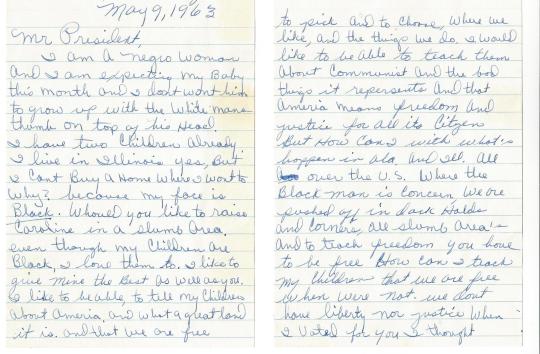
JFKMPFPOF-0201-003-p03
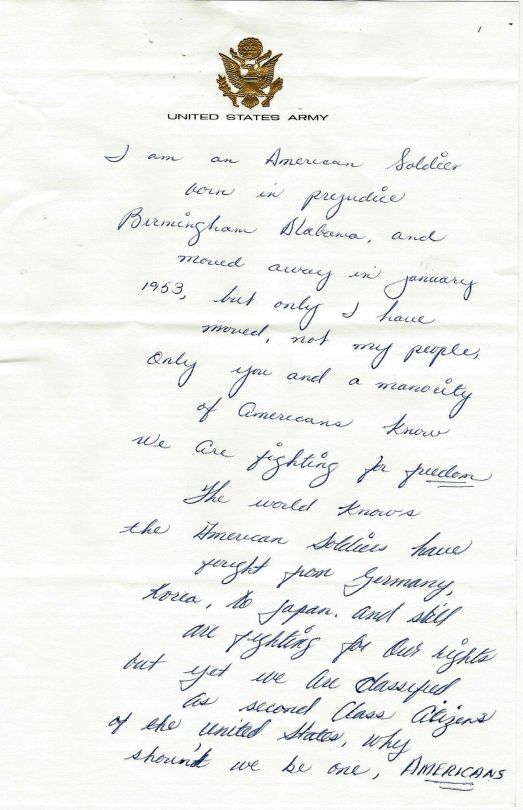
JFKMPFPOM-0198-003-p03
But as news about the proposed March on Washington spread in June and July, a reporter finally asked for JFK’s views about this specific protest at a July 17 press conference. The President defended the right to peacefully assemble, but stopped short of a full endorsement:
I think that the way that the Washington march is now developed…I think that is in the great tradition. I look forward to being here. …I would suggest that we exercise great care in protesting so that it doesn’t become riots, and, number two, that those people who have responsible positions in government and in business and in labor do something about the problem which leads to the demonstration.
After these remarks, the White House saw an increase in letters about the March. Many interpreted JFK’s press conference statement as an outright endorsement, and the reactions varied widely.

JFKMPFPOF-0200-005-p03

JFKMPFPOF-0200-003-p03
Many of the anti-March letters expressed worry that the Civil Rights Movement was controlled by Communists, or predicted riots or violence.
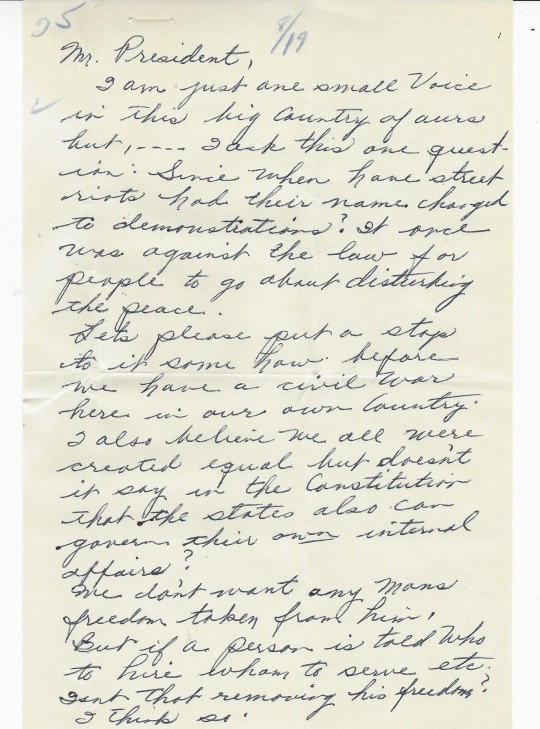
JFKMPFPOM-0199-002-p02
Other writers took the opportunity to write in about civil rights in general, covering a wide range of opinions and beliefs.

JFKMPFPOM-0196-001-p01

JFKMPFPOF-0200-005-p02
Though our archives don’t include White House responses for all of these letters, a form response sent to multiple writers shows consistency with the President’s July statement: that the administration supported peaceful protest, but did not “suggest, approve, or endorse” the March itself.
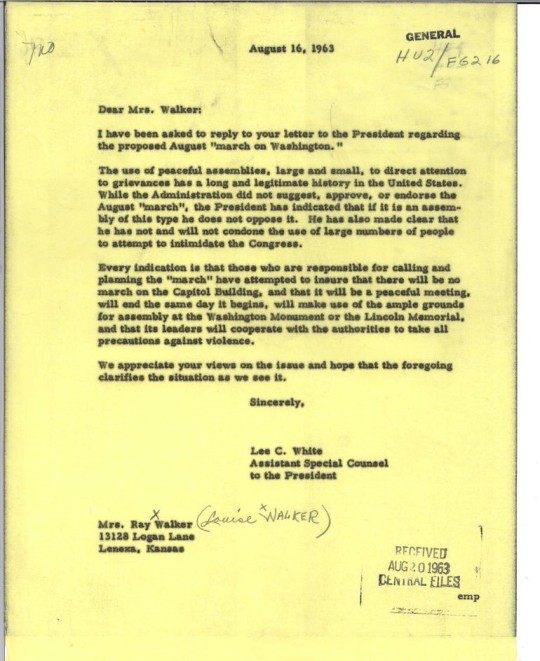
JFKWHCSF-0365-008-p0266
In the end, the March on Washington was a landmark achievement in the history of American protest, safely hosting more than double the number of marchers its organizers had planned for. National Urban League Director Whitney Young summed up the day in an interview after the March: “I just can’t see how anybody could have witnessed this today and denied something long overdue.” But only two weeks later, March leaders found themselves reunited via telegram – this time, to push the White House to action after a Ku Klux Klan bombing killed four little girls in the Birmingham Baptist Church basement. While the March was over, its organizers continued to assert that until the reasons behind it were resolved, the work wasn’t done.


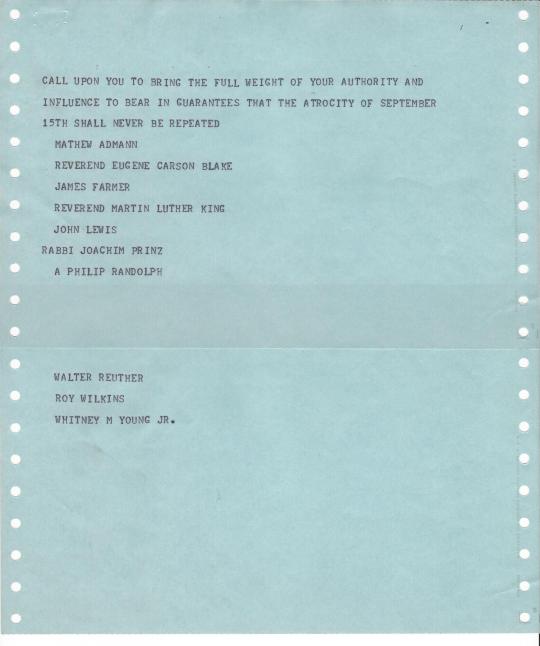
JFKMPFPOM-0197-001
Starting this month, in conjunction with the YWCA’s national program, Stand Against Racism, the JFK Library will share stories of people who took a stand against racism during the Kennedy administration.

In August 1963, more than 200,000 Americans of all races celebrated the centennial of the Emancipation Proclamation by joining the March on Washington for Jobs and Freedom. Key civil rights figures led the march, including A. Philip Randolph, Roy Wilkins, Bayard Rustin, and Whitney Young.
When civil rights leaders announced plans for a march on Washington that summer, Kennedy initially opposed the idea, fearing a large demonstration in the capital could turn violent and jeopardize his proposed civil rights bill. After a meeting with the leaders, he was persuaded that the March was “in the great tradition” of American protest.
On the 50th Anniversary of the death of Dr. Martin Luther King Jr. we remember the civil rights leader through artist Marcelo Brodsky’s triptych of Dr. King marching in Selma alongside Rabbi Abraham Heschel. The historic march with King’s participation, together with other Human Rights Leaders, greatly helped raise awareness of the difficulty faced by black voters in the south and the need for a Voting Right act, passed later that year.
Post link

Day 19 of Black History Month and I’m honoring Yolanda King. She was an African American activist and first-born child of civil rights leaders Martin Luther King Jr. and Coretta Scott King. She was also known for her artistic and entertainment endeavors and public speaking. Her childhood experience was greatly influenced by her father’s highly public and influential activism.
Remembering 14-year-old Emmett Till, who was brutally murdered on this day, August 28, 1955, by white supremacists in Mississippi. Rest in peace, Emmett.

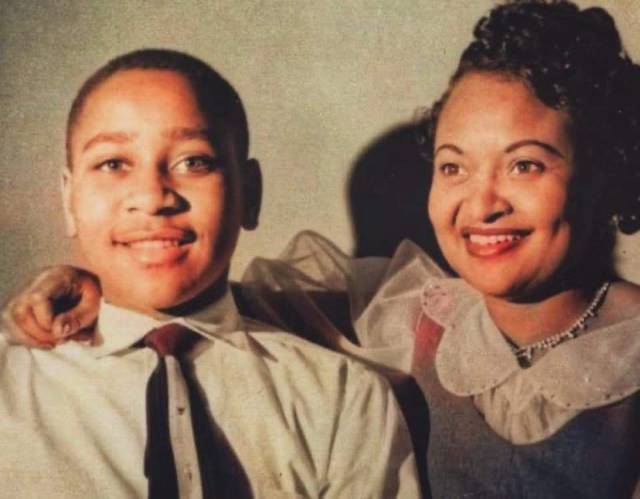
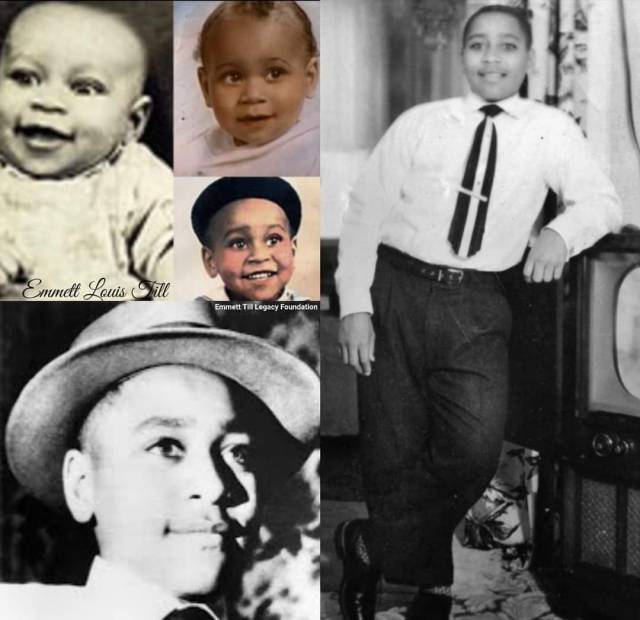
Happy 80th birthday to Emmett Till born on this day, July 25, 1941. Rest in peace, Emmett.
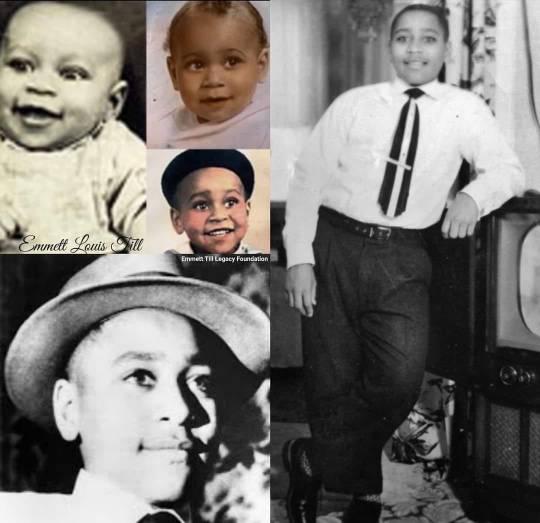

“The Weary Blues”-By Langston Hughes
Droning a drowsy syncopated tune,
Rocking back and forth to a mellow croon,
I heard a Negro play.
Down on Lenox Avenue the other night
By the pale dull pallor of an old gas light
He did a lazy sway….
He did a lazy sway…
To the tune o’ those Weary Blues.
With his ebony hands on each ivory key
He made that poor piano mean with melody.
O Blues!
Swaying to and fro on his rickety stool
He played that sad raggy tune like a musical fool.
Sweet Blues!
Coming from a black man’s soul.
O Blues!
In a deep song voice with a melancholy tone
I heard that Negro sing, that old piano moan–
“Ain’t got nobody in all this world,
Ain’t got nobody but ma self.
I’s gwine to quit ma frownin’
And put ma troubles on the shelf.”
Thump, thump, thump, went his foot on the floor.
He played a few chords then he sang some more–
“I got the Weary Blues
And I can’t be satisfied–
I ain’t happy no mo’
And I wish that I had died.”
And far into the night he crooned that tune.
The stars went out and so did the moon.
The singer stopped playing and went to bed
While the Weary Blues echoed through his head.
He slept like a rock or a man’s that’s dead.
Remembering John Lewis, born on this day, February 21, 1940.


Happy Martin Luther King Jr. Day!
Top photo: Dr. King speaks at Duke University’s Page Auditorium on November 13, 1964.
Bottom photos: The audience filled the auditorium and overflowed into the wooded area behind the building. Note the speakers visible in the middle photograph.
To hear clips of Dr. King speaking at Duke, visit http://mlk.duke.edu/king-at-duke/
Post link
“We have not made a single gain in civil rights without determined … nonviolent pressure. It is a historical fact that privileged groups seldom give up their privileges voluntarily.” ~ the Reverend Dr. Martin Luther King Jr. “Letter from a Birmingham Jail" (1963)
Post link
“You deplore the demonstrations taking place , , , but your statement, I am sorry to say, fails to express a similar concern for the conditions that brought about the demonstrations.
I am sure that none of you would want to rest content with the superficial kind of social analysis that deals merely with effects and does not grapple with underlying causes.“ ~ the Reverend Dr. Martin Luther King Jr. ”Letter from a Birmingham Jail“ (1963)
Post link
Today we honor a hero who truly understood the power of action, and what was to be lost when people remained silent in the face of injustice.
Post link
I Am Not Your Negro (2016)
Dir: Raoul Peck
DOP: Henry Adebonojo, Bill Ross, Turner Ross
“I am terrified at the moral apathy, the death of the heart…which is happening in my country.”
Post link
Martin Luther King, Jr. showboating in a pool match with local civil rights leader Al Raby. Chicago, 1966.
Post link
Today, we celebrate the Rev. Dr. Martin Luther King and Coretta Scott King and their radical fight for justice and safety for Black lives.
As we celebrate MLK Day, we know we still have so much work to do in an America that continues to be a dangerous place for Black people, especially those who are poor, unhoused, transgendered, or those who refuse to “settle down” at the face of racism and white supremacy.
We shall overcome!
We shall overcome!
We shall overcome!
Post link
“We are all caught in an inescapable network of mutuality, (…) tied into a single garment of destiny. Whatever affects one directly affects all indirectly. We are made to live together because of the interrelated structure of reality.”
Dr. Martin Luther King, Jr., in his last Christmas sermon 50 years ago.
“Why Obama NOW" if you don’t know, now you know. a must watchhh.
“We have not made a single gain in civil rights without determined … nonviolent pressure. It is a historical fact that privileged groups seldom give up their privileges voluntarily.” ~ the Reverend Dr. Martin Luther King Jr. “Letter from a Birmingham Jail“ (1963)
Post link
“You deplore the demonstrations taking place , , , but your statement, I am sorry to say, fails to express a similar concern for the conditions that brought about the demonstrations.
I am sure that none of you would want to rest content with the superficial kind of social analysis that deals merely with effects and does not grapple with underlying causes.“ ~ the Reverend Dr. Martin Luther King Jr. ”Letter from a Birmingham Jail“ (1963)
Post link
Martin Luther King Jr. leading a procession of people to demonstrate against police treatment of voter rights demonstrators, Montgomery, Alabama, Declan Haun, March 17, 1965
Post link

Stephen Somerstein // Martin Luther King

- 4.5/5.0
- im so pleased that i read this text when i did… its been in my library for years… or rather at the commencement of my journey for sure either gifted or a charm picked up in a bin somewhere. i really needed to read this book at this time in my life, it was a lovely reminder to keep a positive outlook & meditation as often as possible & the most high is so ever abundant despite suffering experienced. bhakti tirtha swami is the definition of dope… it was interesting to read the perspective of a devout spiritualist who also had consciousness of himself as a black king. his dedication & determination to his path was truly inspiring. highly suggest that anyone with even a mild interest in spirituality read this text. for sure one of my new favorite pisces.
- i would suggest purchasing this text. it’s a book I would want my children to read.

Read Alana Semuel’s fascinating look at the much looked-over period during the late 19th century when blacks and whites in the U.S. South lived near each other. Read ‘Segregation Had to Be Invented’
Vice President Mike Pence compared Trump’s push for a border wall to Dr. King’s message. No sir.
Throwback Thursday to this first edition of Martin Luther King Jr.’s Stride Towards Freedom, published by Harper & Row in 1958.
Post link


